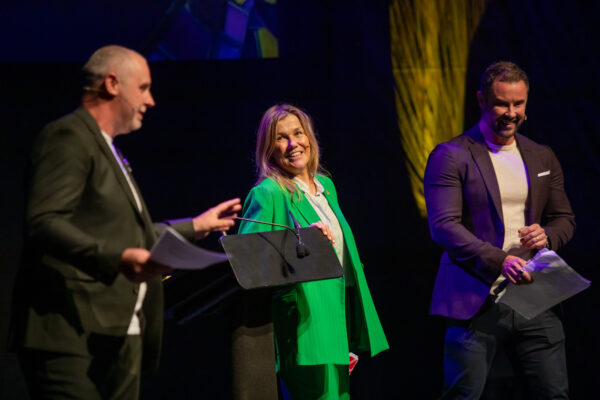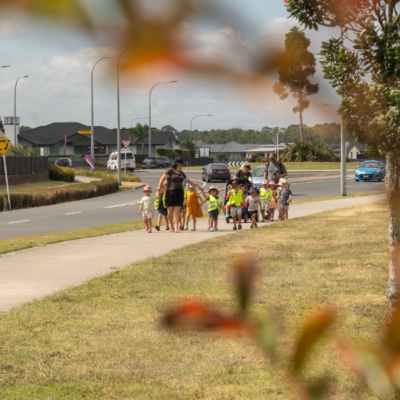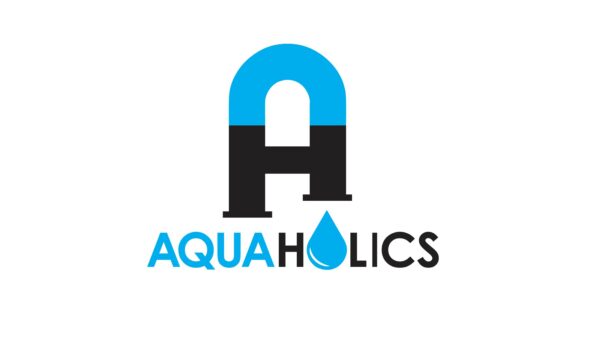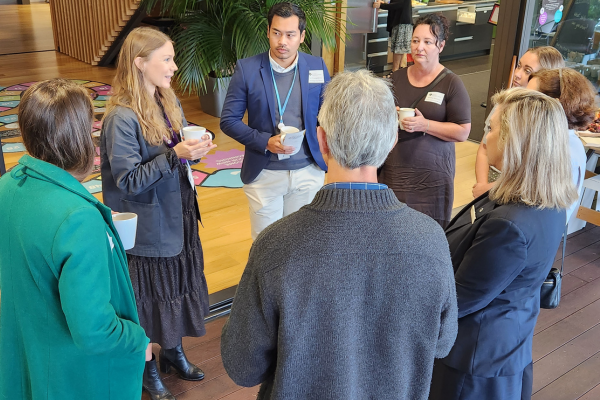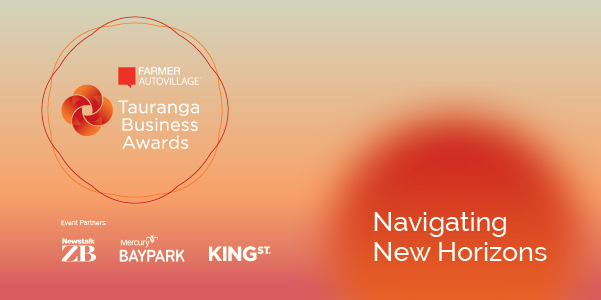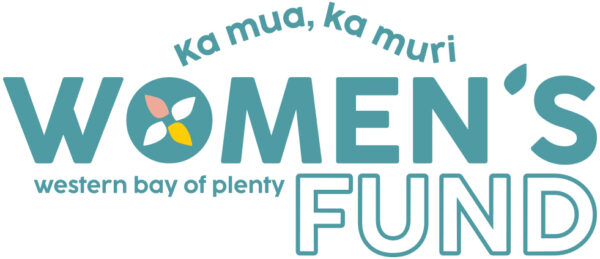In this update from the New Zealand Government on December 21, 2021, it outlines the latest changes to help stop the spread of COVID-19 variant Omicron.
All of the evidence so far points to Omicron being the most transmissible COVID-19 variant yet and public health advice says that soon, every case arriving at New Zealand’s border will be Omicron.
Cabinet has agreed to a number of precautionary measures to keep Omicron out of the community for as long as possible. These include:
- Reducing the interval between the second dose and the booster shot from 6 months to 4 months. This means over 82 per cent of vaccinated New Zealanders will be eligible for a booster by the end of February 2022
- Requiring all border and health workers to get a booster dose
- Requiring a pre-departure test to enter New Zealand to be taken within 48 hours of travel rather than 72 hours
- Pushing the phased border re-opening out to the end of February. Self-isolation for travellers from Australia will be delayed until end of February to coincide with when more New Zealanders are eligible for boosters
- Introducing a temporary change to MIQ, increasing the length of stay to 10 days for all travellers, with no self-isolation component
- Treating everyone on an international flight with a positive case as a close contact
- Rolling out doses of Pfizer to children aged 5 to 11 from 17 January 2022
- Using the traffic light system to manage Omicron outbreaks by moving affected areas into the Red traffic light setting
Parts of the world are going back into lockdown and experiencing major disruption. The aim of these extra steps is to keep Omicron at bay for as long as possible.
Vaccine for 5 to 11 year olds
Parents and caregivers will have the opportunity to protect their children aged 5 to 11 against COVID-19 with the child version of the Pfizer vaccine.
This will be available from 17 January 2022. There are 476,000 children between ages 5 to 11 who will become eligible to get their first dose, and their second dose at least eight weeks later.
There are no plans for a school-based immunisation programme, but some schools are being considered as community vaccination sites. This will add capacity to the vaccination network and make it even easier for families to get vaccinated.
It’s important that people get information about the vaccine from reputable sources. People should talk to their GP or iwi health provider if they have further questions. More information is available at covid19.govt.nz/tamariki.
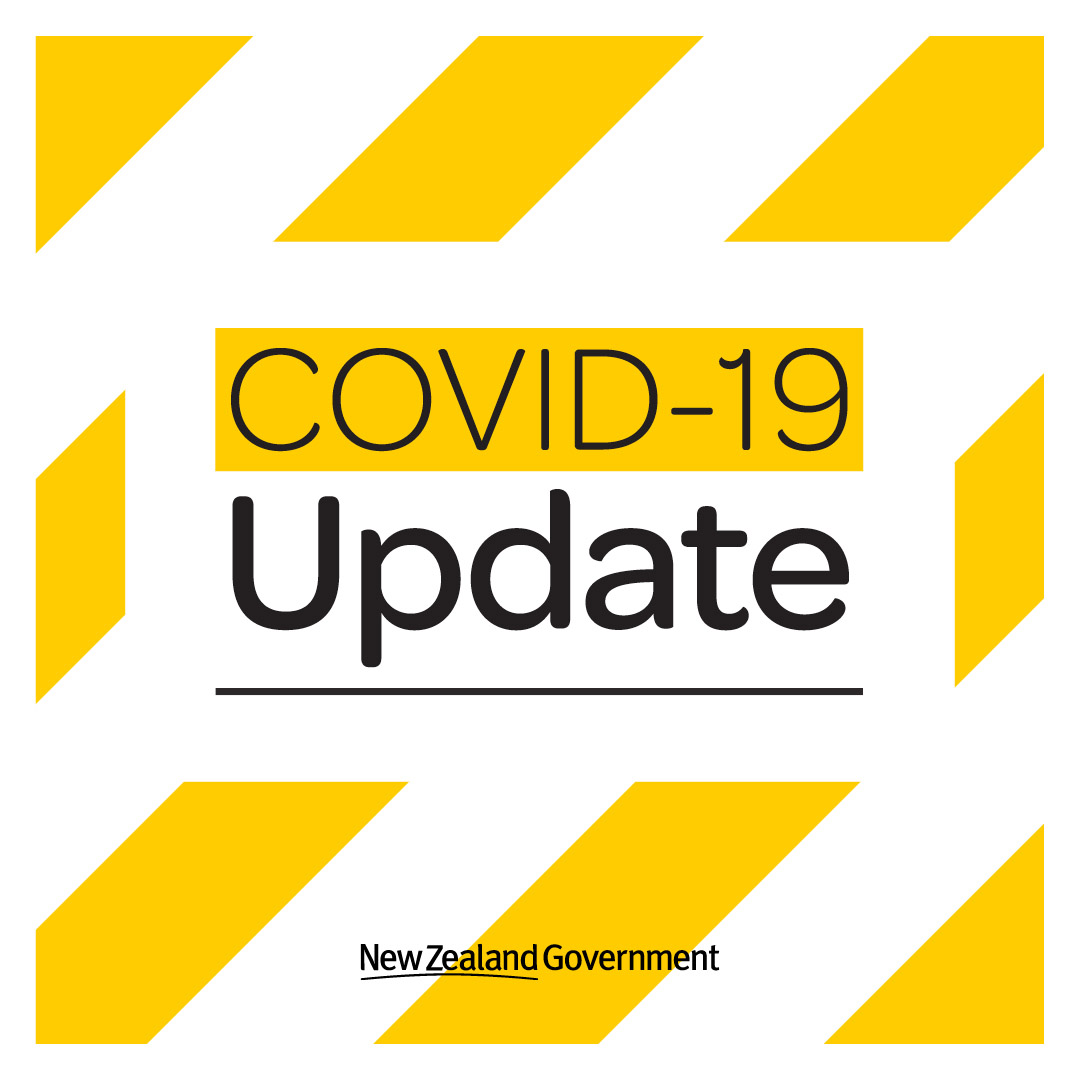
Booster vaccines
The COVID-19 Technical Advisory Group has advised shortening the period between the second and booster doses of the Pfizer vaccine, from six months to four.
This is the first step in accelerating the booster rollout, following advice from the Director-General of Health. This is a pragmatic step and is in line with what other countries are doing.
Two doses likely hold a good degree of protection against severe disease from Omicron. A third dose is likely to offer greater protection against transmission of COVID-19 and reduce the chance of more serious infection.
